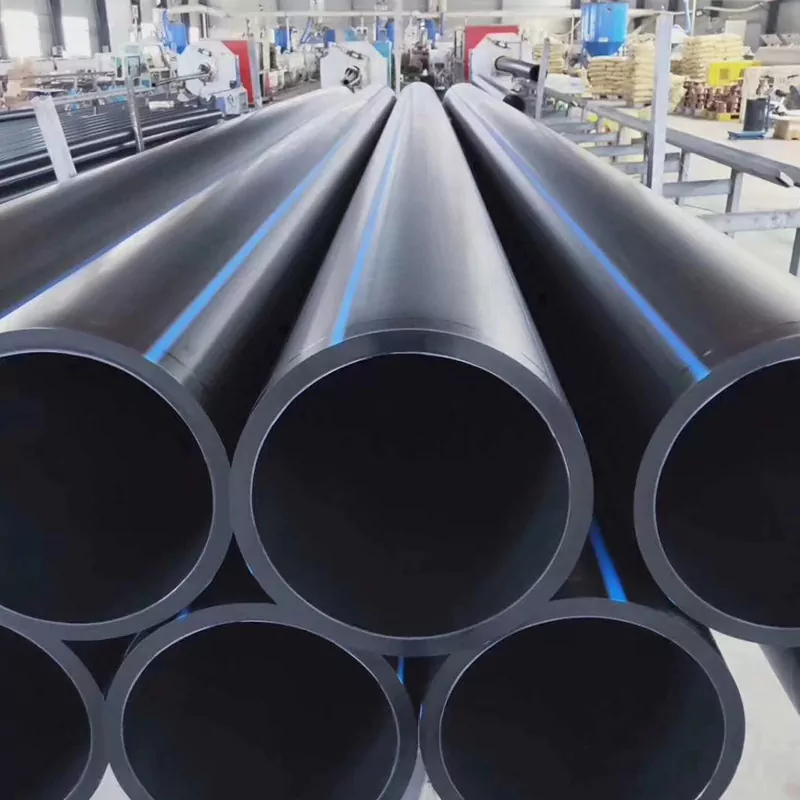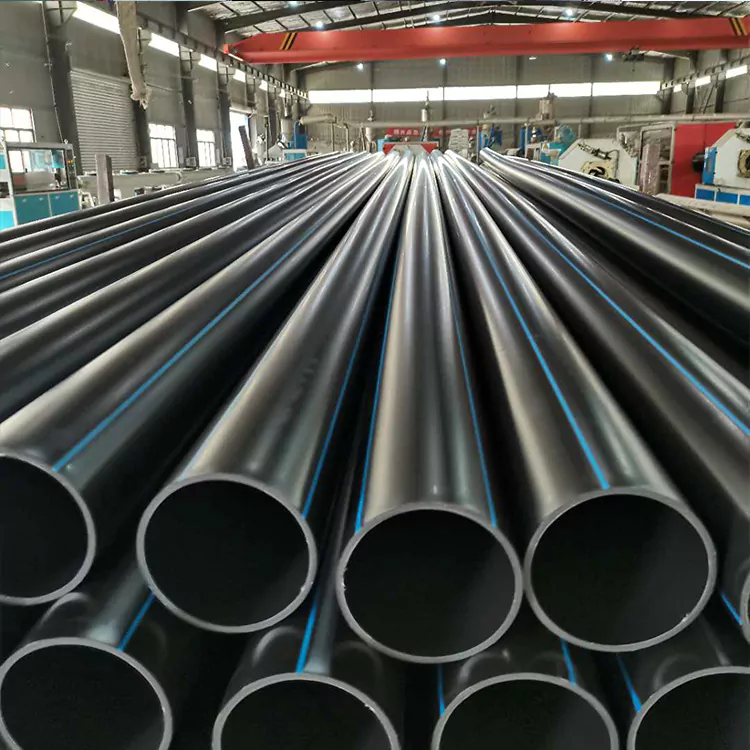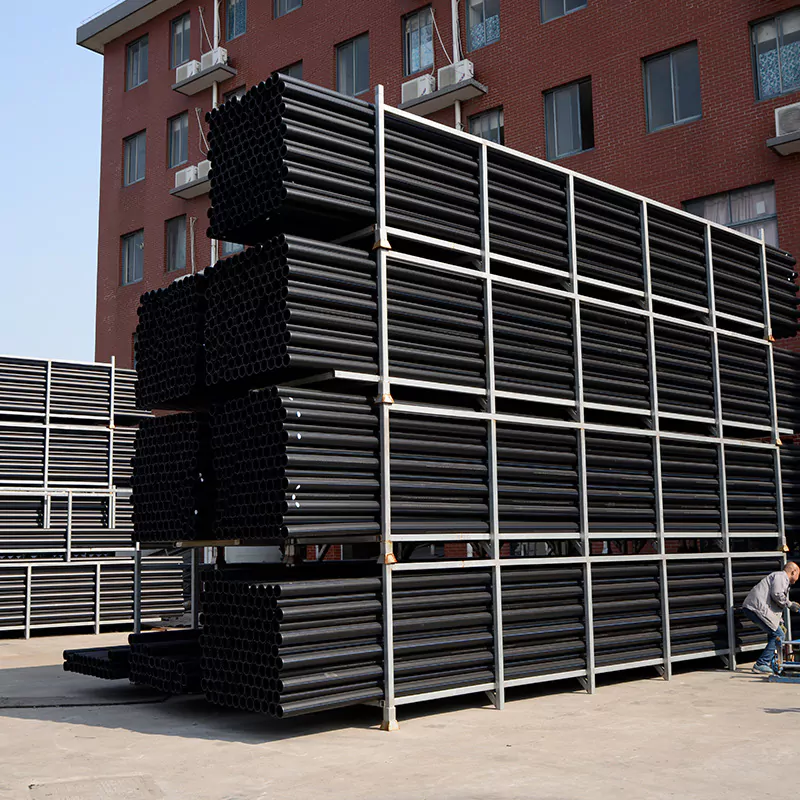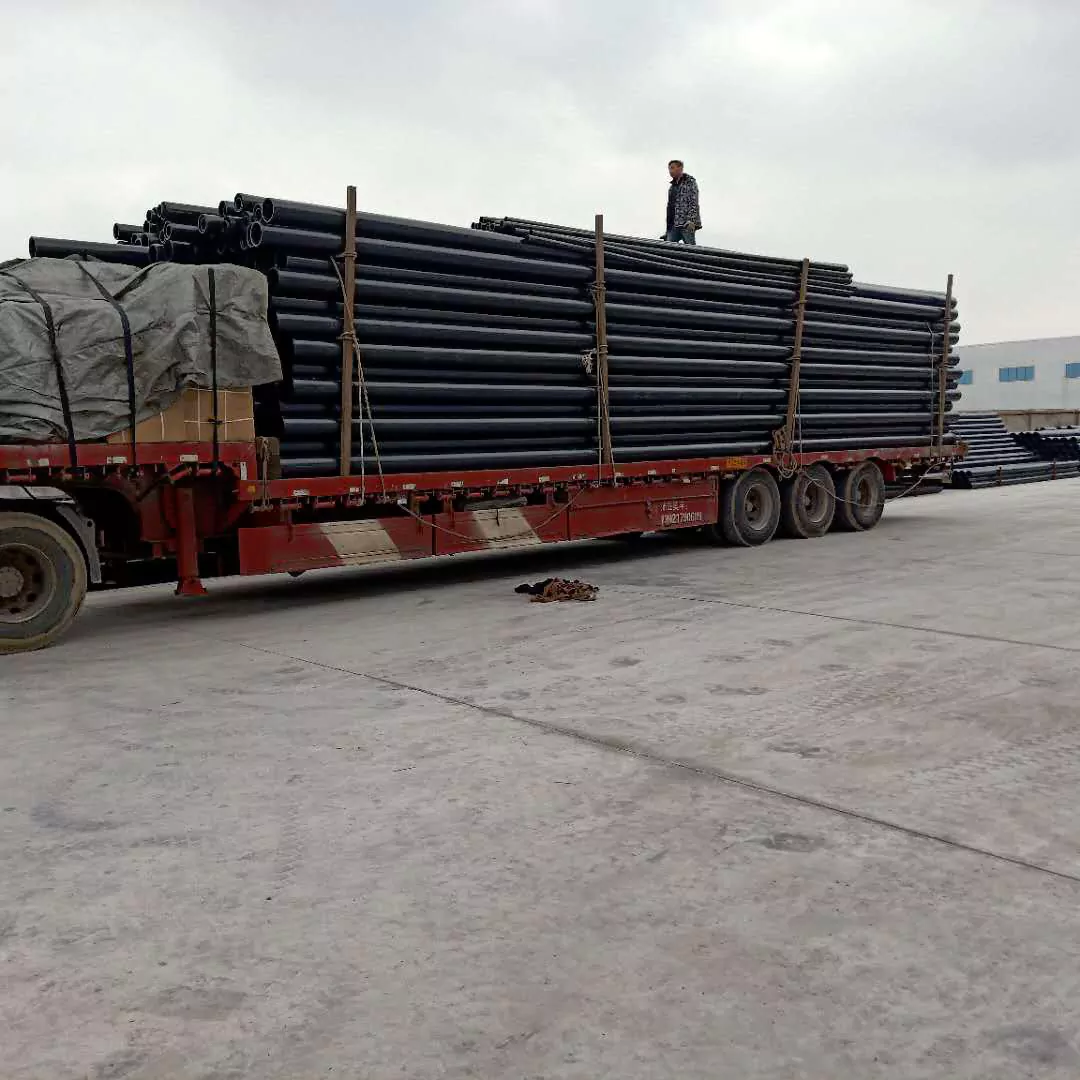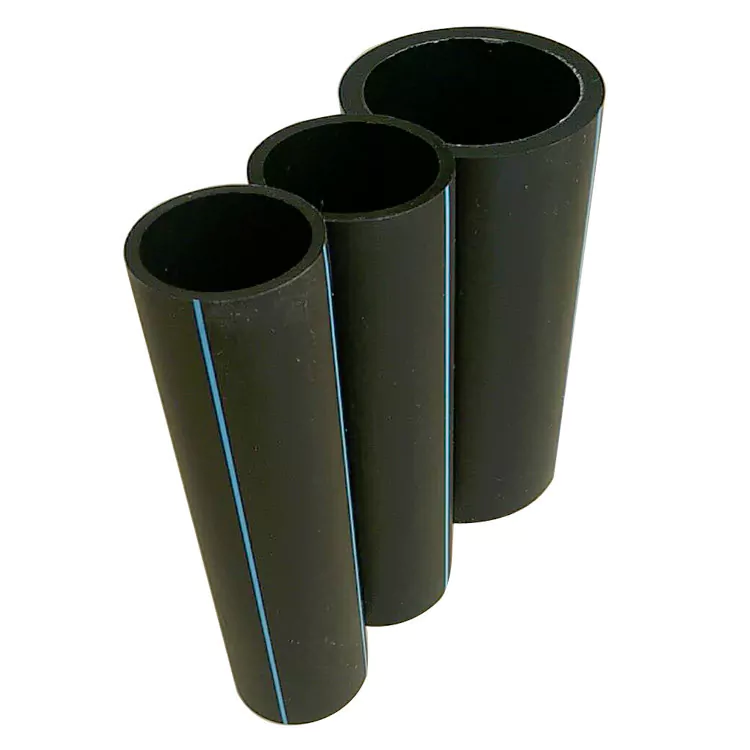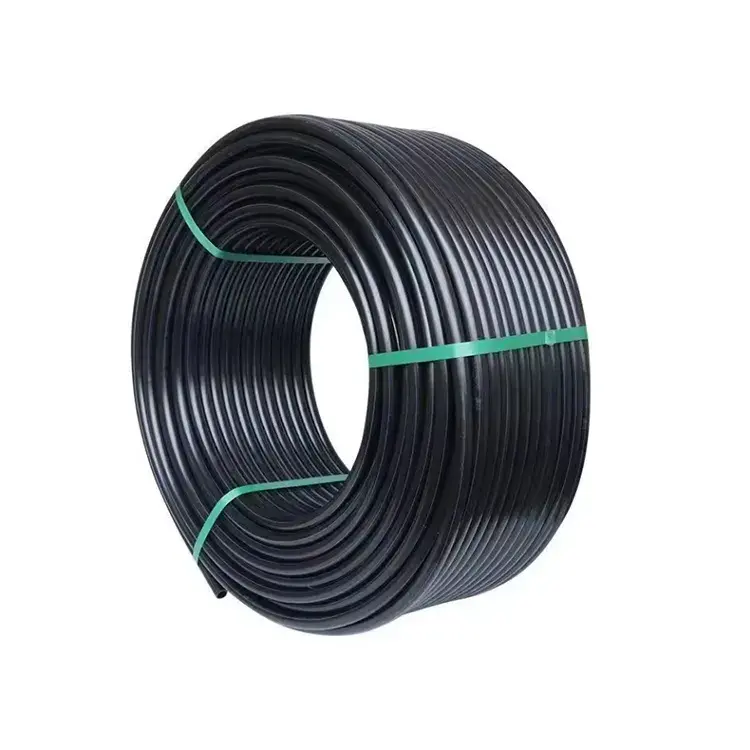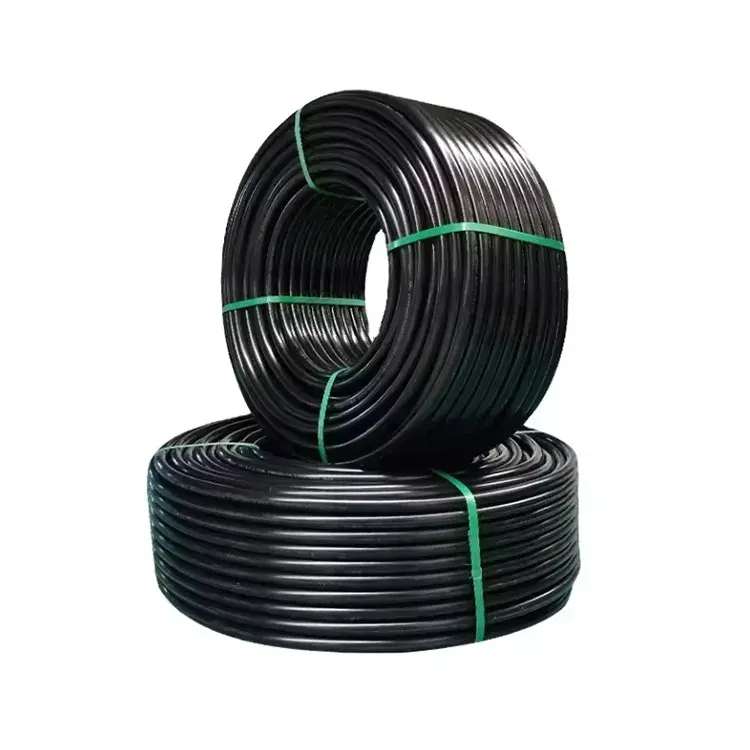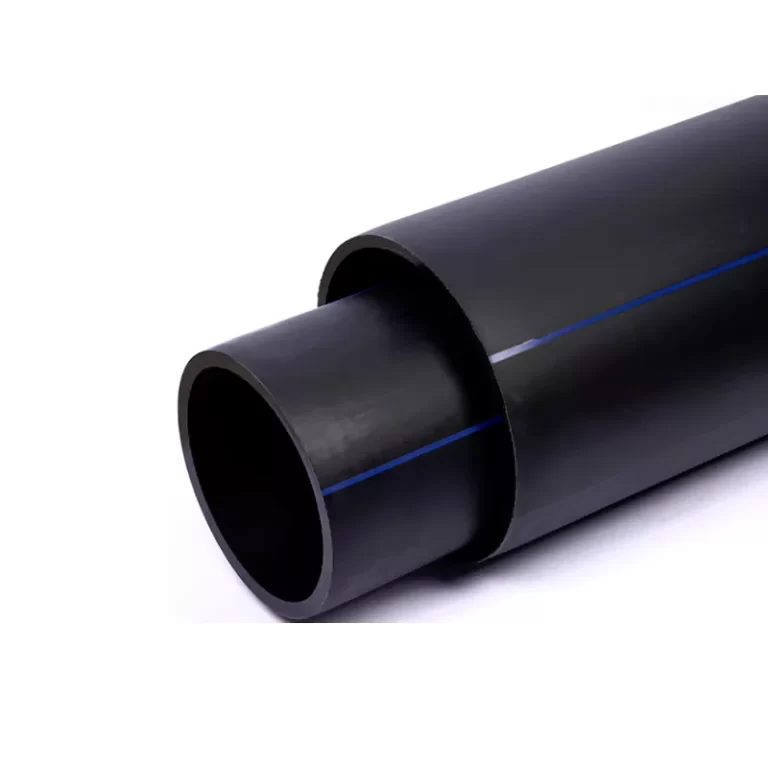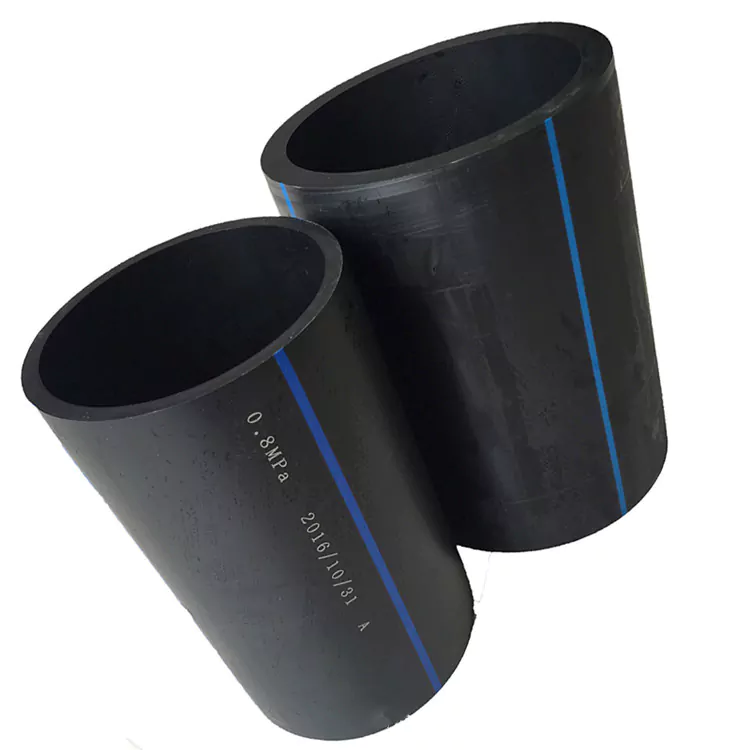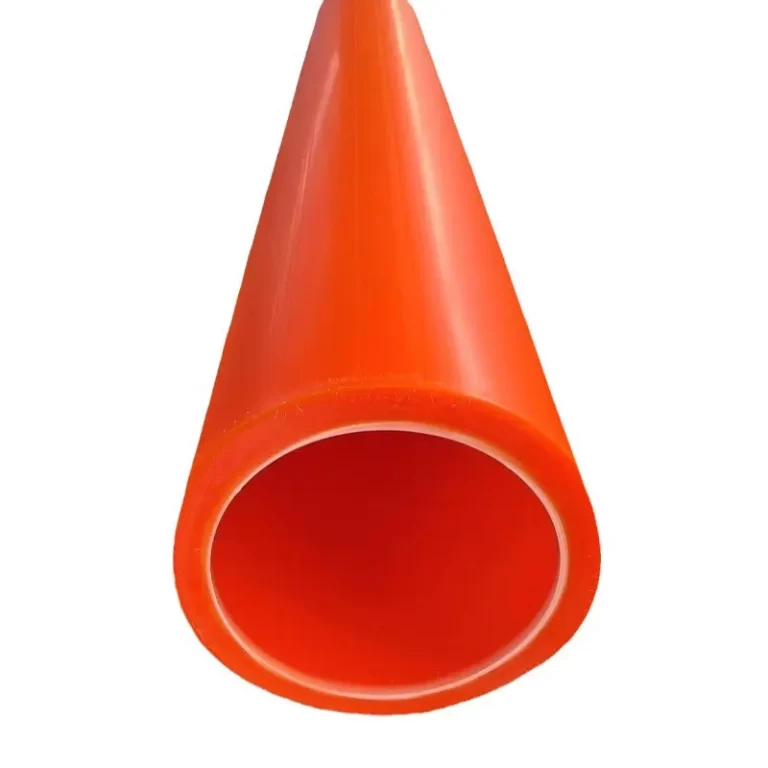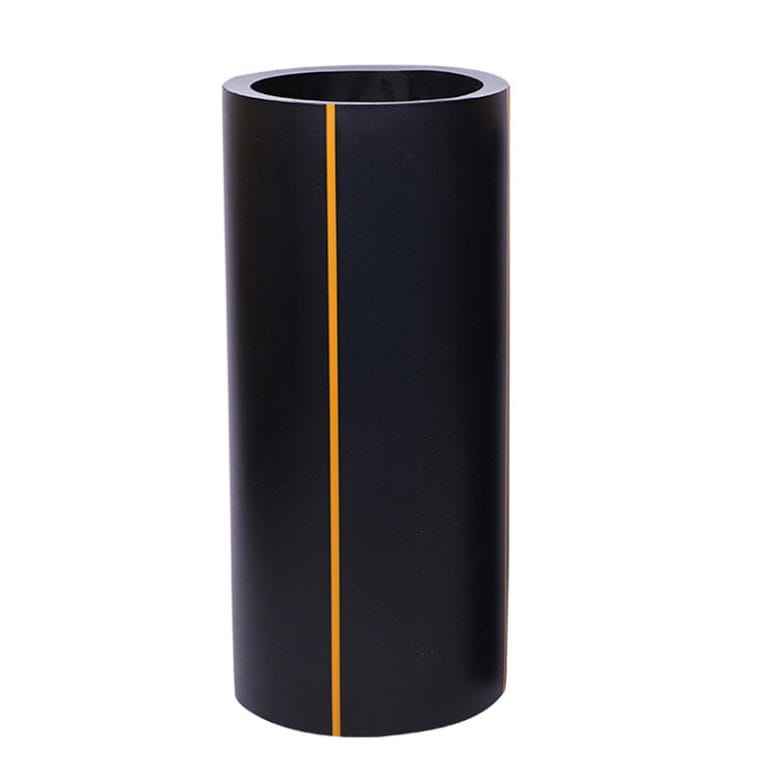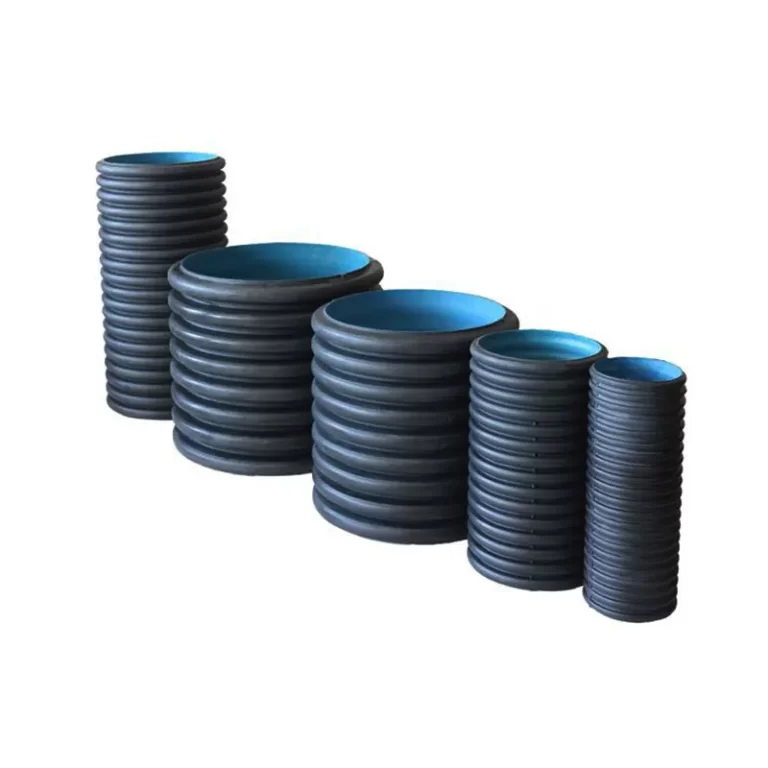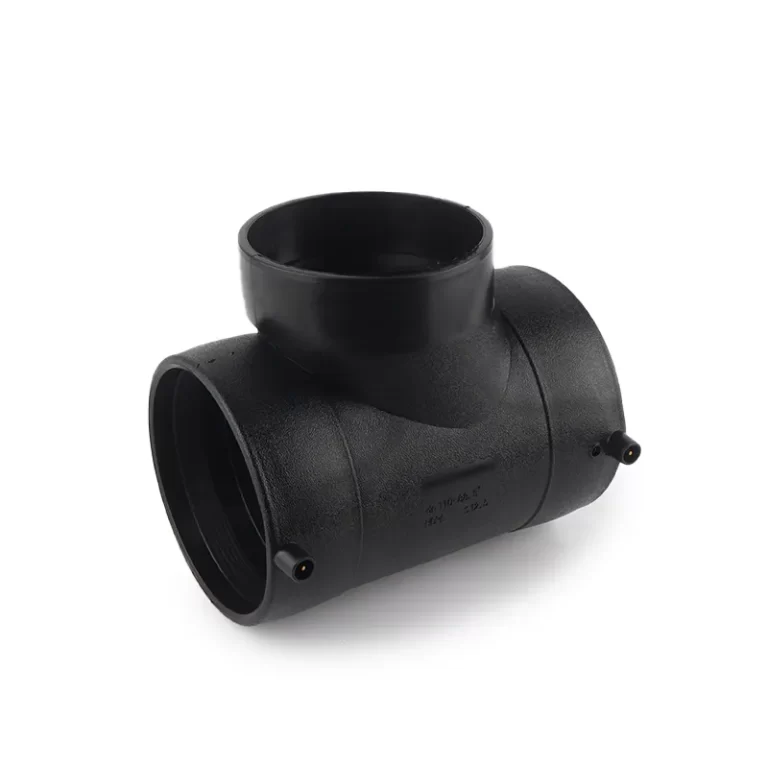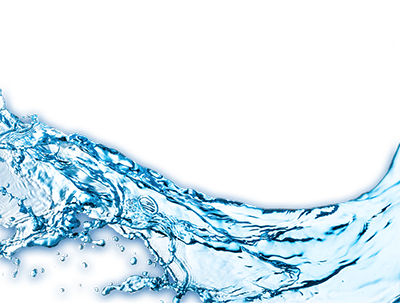Agricultural irrigation HDPE pipe is an innovative agricultural application solution, including irrigation, drainage, waste management, and livestock watering systems. These pipes and fittings offer various benefits, such as flexibility and a long lifespan, and provide significantly improved leakage protection thanks to their heat-fused joints. Given these benefits, HDPE pipes are an attractive option for piping systems that feed into irrigation systems.
HDPE pipes are made of high-density polyethylene, a thermoplastic polymer. They are widely used in water transmission, gas distribution, sewage and drainage systems, and agricultural irrigation. Agricultural irrigation HDPE pipes have become increasingly recognized in the agricultural sector as a cost-effective and durable alternative to metal pipes, especially for irrigation, water supply, and drainage. They are preferred for being lightweight, easy to install, and fusion weldable.

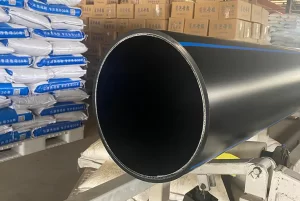
Benefits of agricultural irrigation HDPE pipe
- Chemical Resistance: Studies show that black HPDE irrigation pipe will not corrode or tuberculate, maintaining flow velocities over the life span of the system.
- Durability and Flexibility: HDPE pipe is a more durable and flexible pipe material with a bend radius up to 20 times the pipe diameter. This allows the HDPE pipe to conform to an imperfect installation path without the need to add costly fittings and excessive pipe joints.
- Extreme Surge Tolerance: HDPE pipes are the most resistant to surge and fatigue of any potable water piping systems. HDPE pipe can handle much higher flow velocities which result in lower pressure surges compared to other potable water piping systems.
- Temperature Resistance: Agricultural irrigation HDPE pipe can handle fluid and environmental temperatures ranging from -40°F to 140°F, making HDPE water pipe suitable for use with hot or cold water in many different environments.
- Installation: HDPE pipe is cheaper to install than other potable water piping systems. Could be installed with trench-less technologies (directional drilling, pipe bursting, slip-lining, and compression fit lining), making HDPE pipe the most commonly used piping material for trenchless installations, greatly reduce the amount of construction restoration, leading to a cost savings up to 65%.
